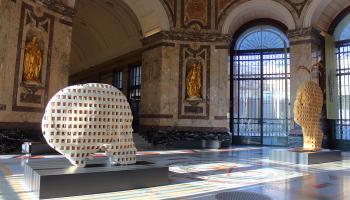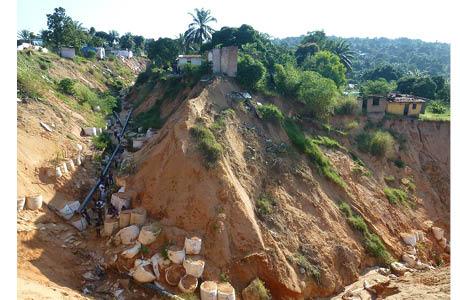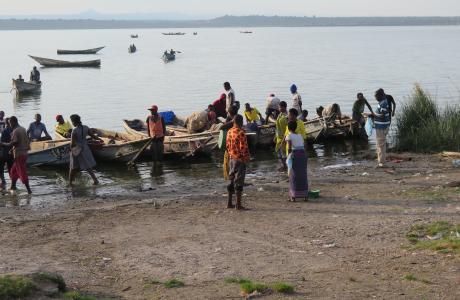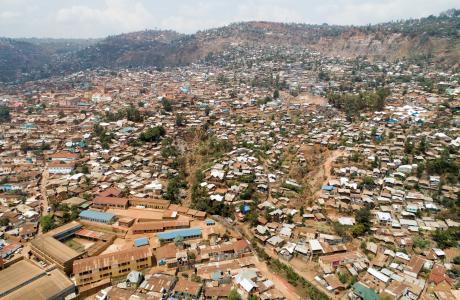HOME: a research project on human remains in Belgian collections
Several Belgian public and private institutions conserve human remains in their collections. Some of these human remains arrived in Belgium during the colonial period. In collaboration with six other museums and universities, the RMCA launched the HOME project to thoroughly evaluate the historical, scientific, and ethical background of human remains in Belgian collections. The aim is to inform policy and stakeholders about their possible final destinations. Scientific research and exhibitions over the past decades have preceded this project.

Set in motion by Lusinga ?
Research into the human remains in the RMCA collection started some time ago. Questions about the collections and human remains were first raised in the exhibition "Exit Congo Museum" in 2001. The skull of Congolese chief Lusinga Iwa Ng'ombe attracted the interest of curator Boris Wastiau. Belgian officer Emile Storms had murdered and decapitated Lusinga during a bloody raid in 1884 and took the chief's skull with him as war booty. Later, at the request of the Association Internationale africaine, the skull came to Belgium as a scientific specimen. Maarten Couttenier also studied Lusinga as part of his research into the history of physical anthropology. As part of his research into colonial violence, in 2005 Boris Wastiau located Lusinga's skull at his current repository at the Royal Belgian Institute of Natural Sciences. In 1964, the human remains from the RMCA’s collection were transferred there.
Growing interest in human remains in public collections led, with the collaboration of Maarten Couttenier, to the exhibition "The exotic human" at the Teylers Museum in Haarlem and the Dr. Guislain Museum in Ghent in 2009. The first photograph of Lusinga's skull was published in the catalogue. In 2011, the RMCA presented in its exhibition "Uncensored. Vivid tales from behind the scenes" the story of two mummified shepherds from the Kivu region. In doing so, the museum addressed the sensitive topic of human remains. In 2011, Agnès Lacaille and Isabel Garcia Gomez closely examined all the ethnographic objects present in the RMCA that contain human remains. They moved to a separate location in the museum’s collection storage areas.
In its permanent exhibition, renovated in 2018, the AfricaMuseum presents the grisly tale of Emile Storms and Lusinga. For example, the museum's grand rotunda is home to a sculpture by Congolese artist Aimé Mpane depicting the skull of Lusinga, installed in February 2020.
Public debate
Recently, there has also been growing public interest in Belgium for human remains in collections. The subject was first discussed in the Senate in 2016. In 2018 the magazine Paris Match brought the story of Lusinga to the attention of the general public.
The same year (2018), the Minister of Federal Science Policy proposed the creation of a working group to study the legal framework for the restitution of human remains. An initial request for the restitution of Lusinga's skull was subsequently made in writing in 2019. The symposium 'De l'ombre à la lumière', organised at the ULB in 2019, brought ethical and moral questions about the origin and conservation of human remains to the surface once again. In April 2019, the Brussels Parliament approved a resolution in favour of the repatriation of human remains and the return of cultural objects collected during the colonial period.
HOME
With the HOME project (Human Remains Origin(s) Multidisciplinary Evaluation), researchers from seven institutions aim to answer ethical questions and provide a basis for handling petitions for the return of non-Belgian human remains in Belgium.
HOME is a collaboration between seven institutional partners, including four federal scientific institutions (Royal Belgian Institute of Natural Sciences, project coordinator, Royal Museum for Central Africa, National Institute of Criminalistics, Royal Museums of Art and History) and three universities (Université libre de Bruxelles, Université Saint-Louis -Bruxelles and University of Montréal).


